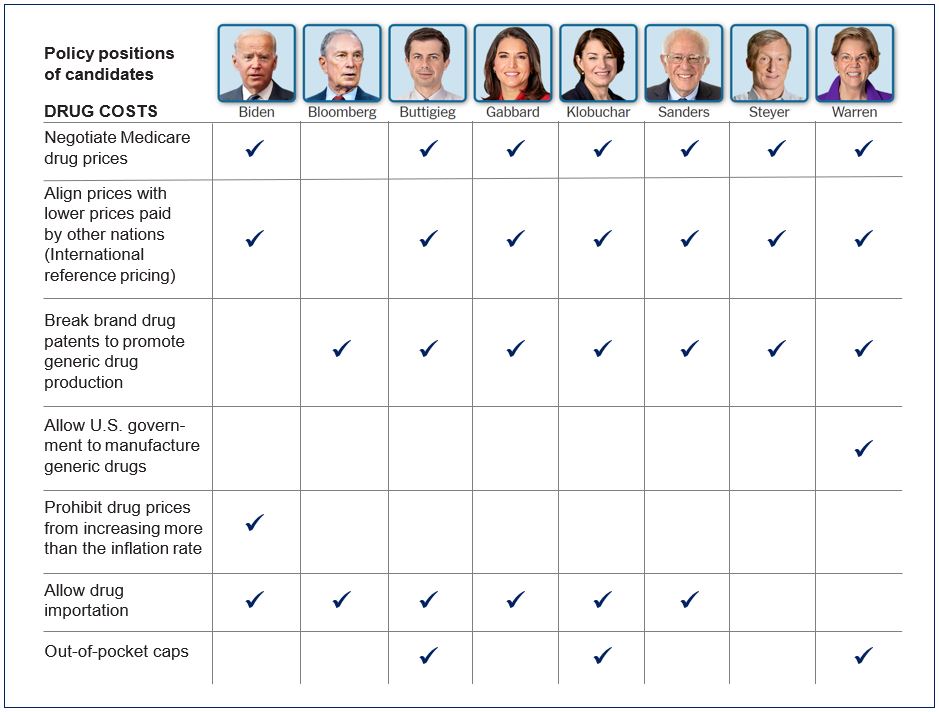February 12, 2020
Pharmaceutical prices remain a top issue not just for employers, but for both Republicans and Democrats facing an impending election. In fact, voter ire with drug spending is expected to be a pivotal issue, particularly in the battleground states of Pennsylvania, Michigan, North Carolina, Wisconsin and Florida. More broadly, over 80% of Americans believe that Congress should work to lower prescription drug prices. Going into the November 2020 election, where the new House majority will be decided by roughly two dozen districts, and 33 Senators are also up for reelection, recent polling suggests disapproval of the President’s efforts on drug pricing, keeping this issue squarely in political crosshairs.
Has any progress been made on drug pricing?
Arguably, no. However, if the desire to lower drug prices can be measured by the number of bills in Congress, it’s fair to say there is a strong desire to lower drug prices. Many bills were introduced or re-introduced over the last year, and at least two of the bills have bipartisan support, with many others containing provisions that have bipartisan support. In all, there are approximately 70 distinct measures that boiled down into four key bills (S. 2543, S. 1895, H.R. 19, and H.R. 3) intended to reduce spending on prescription drugs in one way or another floating around Capitol Hill.
With a lack of cooperation, what’s next for this Congress on drug pricing?
Senate Republicans, House Democrats, and the Trump Administration found common ground on various policy options, including capping out-of-pocket costs for seniors, caps on price increases and rebates for drug price increases greater than inflation, reforming catastrophic coverage, reforming pay-for-delay deals, and certain prescription drug transparency proposals. But with both chambers politically divided, the minority party in each effectively blocked movement of any package of drug pricing proposals.
At this point, it seems unlikely that either bipartisan effort has a path forward. Many believe the only potential (small) deal this year could be one that caps out-of-pocket costs for Medicare beneficiaries.
Fresh efforts from the Administration: The President’s budget and potential executive order
A budget proposal issued on Monday, February 10, 2020, projects savings due to “comprehensive drug pricing reform” totaling $36.5 billion between 2021 and 2025, but it doesn’t say how that savings will be achieved. Bloomberg also reported on Monday that rumors have resurfaced that Trump is considering an executive order to tie reimbursement for certain Part B drugs to an International Price Index, which would mean a price cut for many prescription drugs within the program. Details on the potential order are still scant but are expected to draw from the 2018 proposal. (see Business Group comments here)
Election 2020 outlook
The next Congress and Administration, no matter who is elected or which party holds the majority in each chamber, will have to pick up where today’s incumbents left off and will likely reconsider more disruptive approaches to drug pricing reform, including rebate reform, importing drugs, Medicare negotiation of drug prices, generic competition, and more.
If one of the 8 people still competing for the 2020 Democratic nomination is the next President, here is where they stand on key drug pricing issues:

More Topics
Articles & Guides
This content is for members only. Already a member?
Login
![]()
